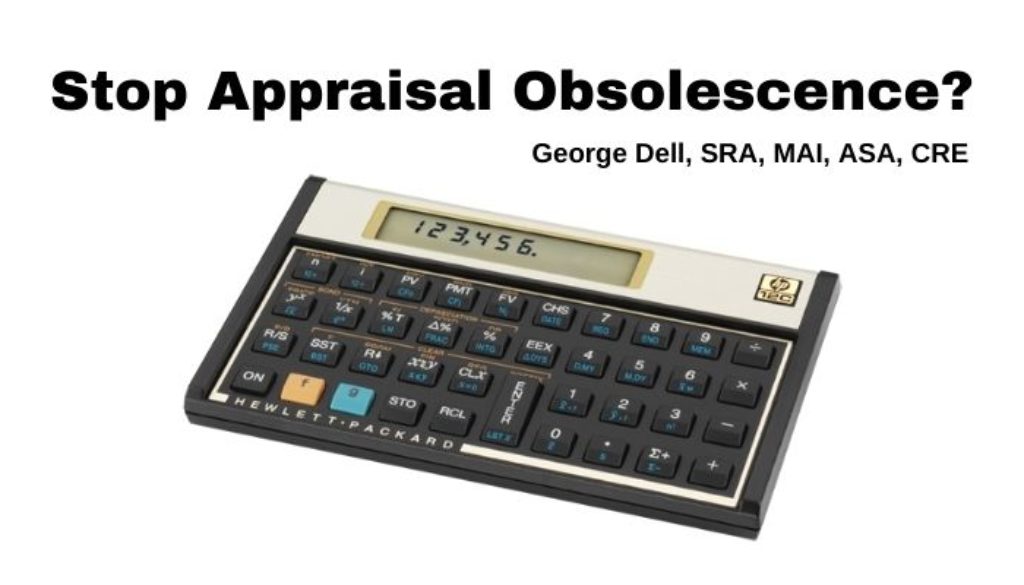Obsolescence, in appraisal education, is of three types: functional, physical, economic.
If we are to stop the obsolescence of the appraisal ‘professional’ model, it may help if we look at the established body of knowledge with this in mind.
Recall our context. We are looking at the “five frictions” – process, standards, education, user expectations, and administrative regulations. As we end this series, we note that each of the frictions feed off of each other. Each creates a pull, a suction, into its own vacuum.
It is a vacuous circle. Each friction alone cannot effectively effect change. Step out of line, and one or more of the other appraisal frictions will pull you back in. Doomed individually, and doomed as a profession.
And we have a constant growing beat of exceptions, waivers, reduced scope, and alternative valuation methods that only add to the bureaucratic load and taxes/fees placed on the word “appraiser.”
The word “appraiser” is doomed by its own weight, and the five frictions.
Is there a way out? Is there a simple answer to a complex, convoluted, contorted spaghetti system?
To consider a possible answer, might we look at the basic simplicity of the valuation process? See how it is done? And even ask: Do today’s valuation products really provide what is needed?
The valuation process is simple:
- Identify all the relevant data;
- Recognize the predictor variables;
- Apply one of three predictive algorithms;
- Transmit the refined informative data stream.
Each of these represent a different scope of work, whether done by a human or an algorithm. For brief examples, let’s compare ‘automated’ valuations, ‘evaluations,’ and appraisals.
Today, each of above the four steps requires computer power and a brain-machine connection. Judgments are to be made at each point. It is just a matter of who decides and when the modeling decision is made. The initial decision (which data) is a hypothesis (scope of work) issue.
Each point in the process: a decision (to collect data, model the analysis, or communicate the results) is made by a human — whether a computer programmer, licensed appraiser or an unlicensed person.
Any new system for collateral safety must recognize this simple fact. Next week will be the second part of our simple solution to a simple problem. A universal solution. A solution which can only break the vacuous circle and address bias issues — by new, progressive regulation.
Click here or on the table for a quick explanation, and now-needed ‘valuation’ analyses. Next week we ask of a simple universal solution to a consistent universal structure.

